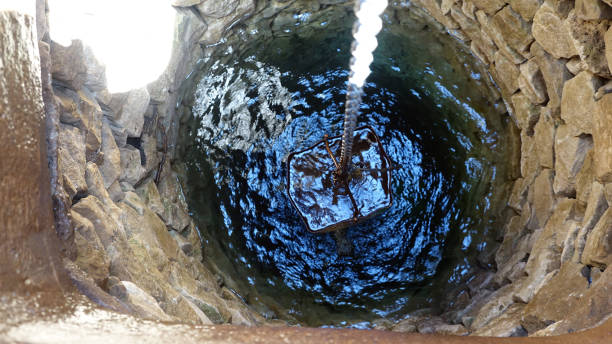2-Chlorotoluene

Parameter Type: Drinking Water Testing for Volatiles
Parameter Name: 2-Chlorotoluene
What it is and Where it Comes From:
2-Chlorotoluene is a colorless liquid with a strong, irritating odor. It is used as a solvent, in making chemicals, pharmaceuticals, synthetic rubber and dyes, and as an insecticide and bactericide. Chlorotoluene is a group of three isomeric chemical compounds. They (ortho-chlorotoluene, meta-chlorotoluene, and para-chlorotoluene) consist of a disubstituted benzene ring with one chlorine atom and one methyl group. The isomers differ in the location of the chlorine but have the same chemical formula. All have very similar boiling points, although p-chlorotoluene has a much higher melting point due to a more tightly packed crystal structure. Drinking water testing gives you several benefits like peace of mind, identifying contaminants in your water, and insight into health concerns. Safe Home offers Laboratory drinking water testing kits for 2-Chlorotoluene, allowing you to collect your water sample and ship it directly to our EPA-Certified Laboratory. This platform of drinking water testing for 2-Chlorotoluene will give you an accurate level based on the lowest level of a parameter our instruments can detect (Method Detection Level). Safe Home drinking water testing for volatiles can be used for city and well water supplies. Drinking water testing should be done any time you notice a significant change in your water quality.
Health Effects:
2-Chlorotoluene may cause central nervous system effects. 2-Chlorotoluene can also cause skin irritation, respiratory tract irritation, liver, and kidney damage. 2-Chlorotoluene is suspected of damaging fertility or the unborn child. It can be toxic to aquatic life with long term effects.
Solutions to Contaminant Levels:
You have completed the drinking water testing process, what Is the next step? A filter with granular activated carbon (GAC) is a proven option to remove certain chemicals, particularly organic chemicals, from water. GAC filters can be used to remove chemicals that give objectionable odors or tastes to water such as hydrogen sulfide (rotten eggs odor) or chlorine. Reverse osmosis is a process that removes foreign contaminants, solid substances, large molecules, and minerals from water by using pressure to push it through specialized membranes. Here’s how reverse osmosis works. Unlike osmosis, which is a passive process, reverse osmosis requires external force (pressure) to work. Pressure is applied to a highly concentrated solute solution, such as salt water, to pass through a membrane to a lower concentrate solution. The membrane allows water to flow through but blocks out larger molecules, like contaminants. The reverse osmosis process leaves higher concentrations of solute on one side and only the solvent, or freshwater, on the other. Who do I need to contact to find out more information about water quality in my area? Every community water supplier must provide an annual report to its customers, known as a Consumer Confidence Report (CCR). The report provides information on your local drinking water quality, including the water’s source, contaminants found in the water, and how consumers can get involved in protecting drinking water. How often does the local public water system preform drinking water testing? Frequency of drinking water testing depends on the number of people served, the type of water source, and types of contaminants. Certain contaminants are tested more frequently than others, as established by the Safe Drinking Water Act. You can find out about levels of regulated contaminants in your treated water for the previous calendar year in your annual Consumer Confidence Report (CCR).


